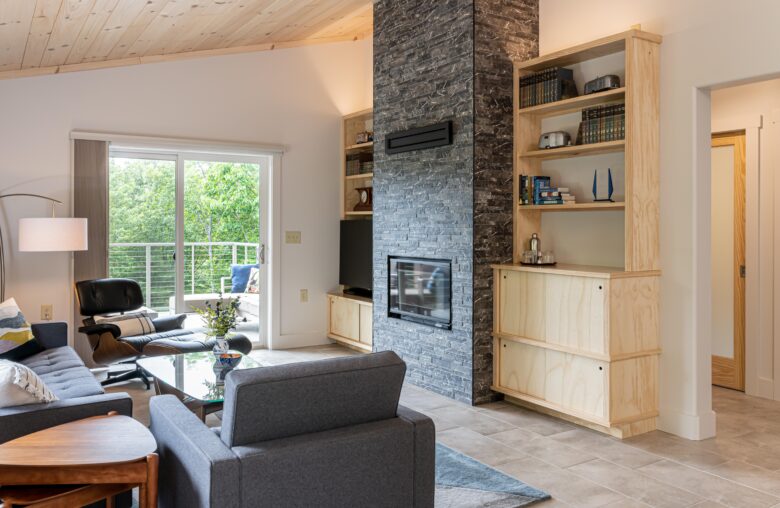We have seen a trend towards more simple and cozy living. Scandinavian style has been popular for many years and hygge has gained traction as a way for your home to reflect a simpler, cozier lifestyle.
We have seen this look commoditized and reflected in a myriad of retail stores extending from Ikea to CB2 and more. The simplicity and uniformity has lent itself to the mass adoption of it.
Out of this, another style has risen that blends this clean, modern aesthetic with a more organic and unbalanced tradition of Wabi-Sabi. This Japanese tradition celebrates the beauty of imperfection accentuated by its gentle weathering through its aging.
These two trends are both similar and complementary. Both are rooted in minimalism and comfort. Yet both come from the different perspectives rooted in their different cultures.
Blending of East and West
This blending together creates the style of Japandi. According to interior designer Ikuhiro Yamagata, “The style is a mixture of highly functional Scandinavian style and Japanese style of Zen spirit.” It is a natural combination, as these two styles already have great harmony and synergy. At its core, it’s a style that’s all about relaxation and using tactile and visual elements to create soothing sensations.
It isn’t something you purchase off the rack. Perhaps what makes it so popular is that it makes your space more distinctly yours. In an age of one-click purchasing and mass commoditization, Japandi is personal and intentional.
What are some characteristics to consider if this approach is appealing to you? Check out how these Deltec homeowners used some of these principles in a Ridgeline home they built outside Boone, NC.
Color palettes
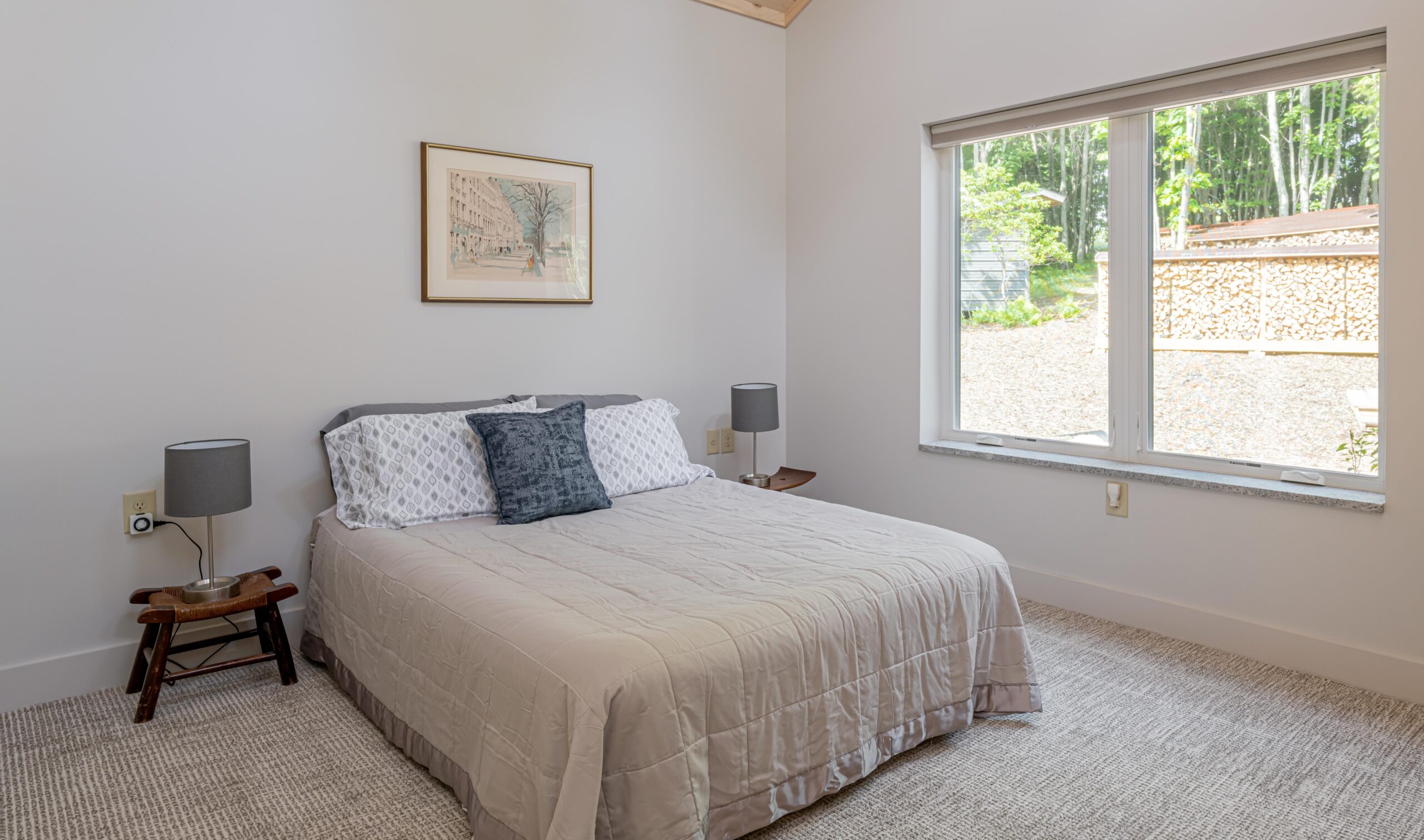
The color palettes tend towards warmer, more neutral colors to evoke calmness and tranquility. When brighter colors are incorporated, they are done sparingly and subtly to accentuate the overall look rather than attract attention. The richer yet still muted colors of Japanese design complement the prevalent colder colors of Scandinavian design, helping the space feel less clinical or cold.
De-cluttering
If you have been following Marie Kondo on de-cluttering and organizing spaces, you are well on your way. And if you haven’t then this might be a reason to start. Japandi is rooted in minimalism, where every piece or item has a reason for being. That isn’t the absence of items but rather the intentional inclusion of specific items that have meaning for you.
If you want the look but still have the need for stuff, then try “faux minimalism” according to Leni Calas of Ward 5 Design, this involves using natural containers such as boxes and baskets or built-ins or folding screens to hide excess items to keep your space feeling free of clutter.
Furnishings
Japandi style values craftsmanship and pieces that withstand the test of time. Simple, well-built items are the preferred way to create this style. These items often might be slightly imperfect or asymmetrical. Part of wabi-sabi is finding perfection in imperfect pieces. Think of the Japanese custom of Kintsugi, or putting broken pottery back using gold built on the idea that embracing flaws and imperfections allows you to create an even stronger, more beautiful piece of art.
For many of us, this is a distinct departure from the current practice of flat-packed, unassembled furniture you might order on Wayfair or buy at Ikea. This furniture hearkens back to when the assembly of an item was as carefully done as the design of it.
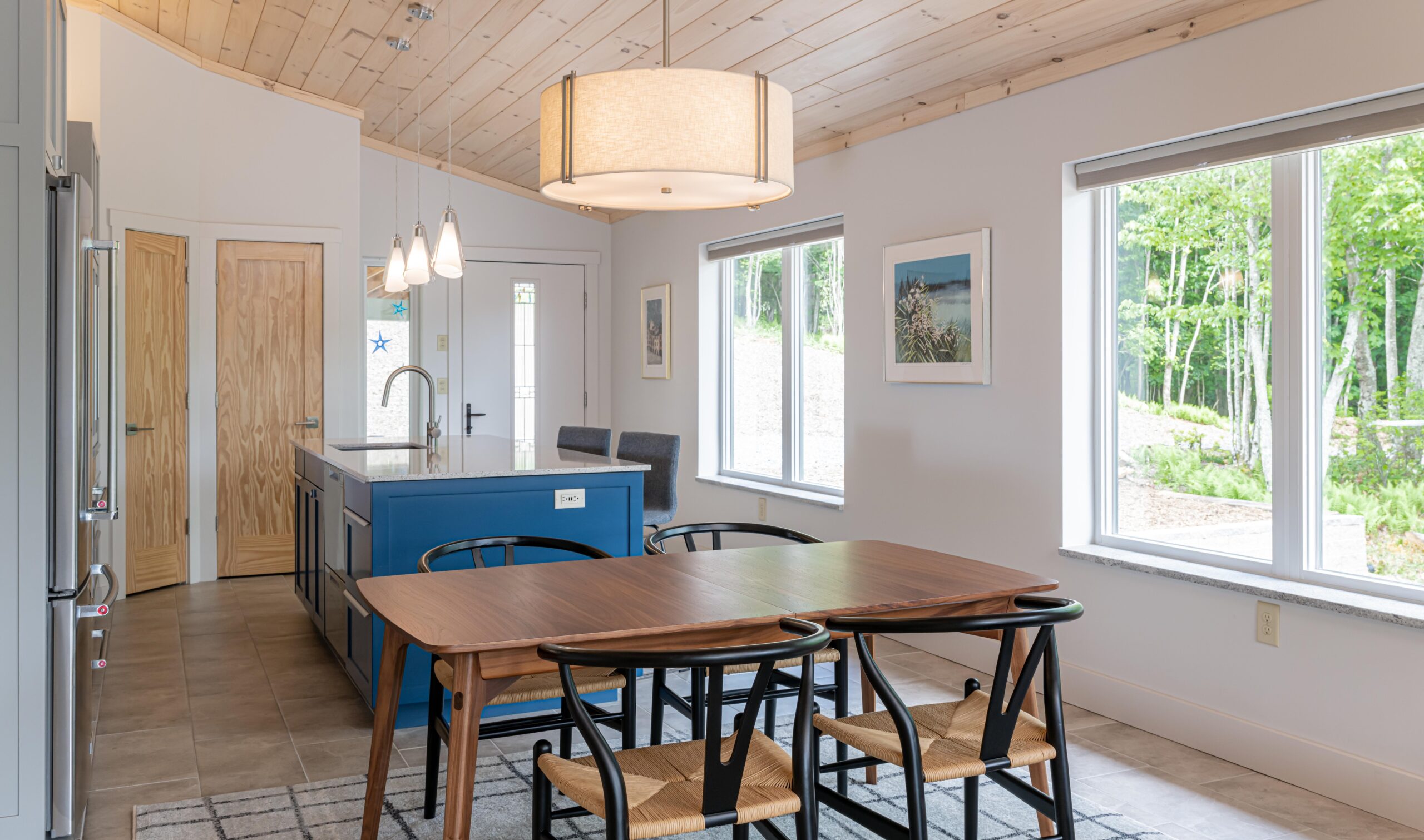
Textures in furniture can help bring dimension but also coziness to a space. So that dining room chair not only is functional but also gives depth to the space with its different layers of materials. Or the coffee table with some slight discolorations give some dimension while seating on the sofa.
Think about including items that seamlessly tie history and the future together. Think about buying high-quality pieces that will work with your décor for years to come. “Opt for reclaimed pieces or something that is original or handmade,” Shanty Wijaya of Allprace Properties says in a CNN piece on japandi. “Use materials that can naturally patina in time, like wood, natural stones and living finish metals. To create depth, use different stained colored woods.”
Simple, high-quality pieces will work with your decor for years to come, designer Ikuhiro Yamagata adds.
Objects for visual interest
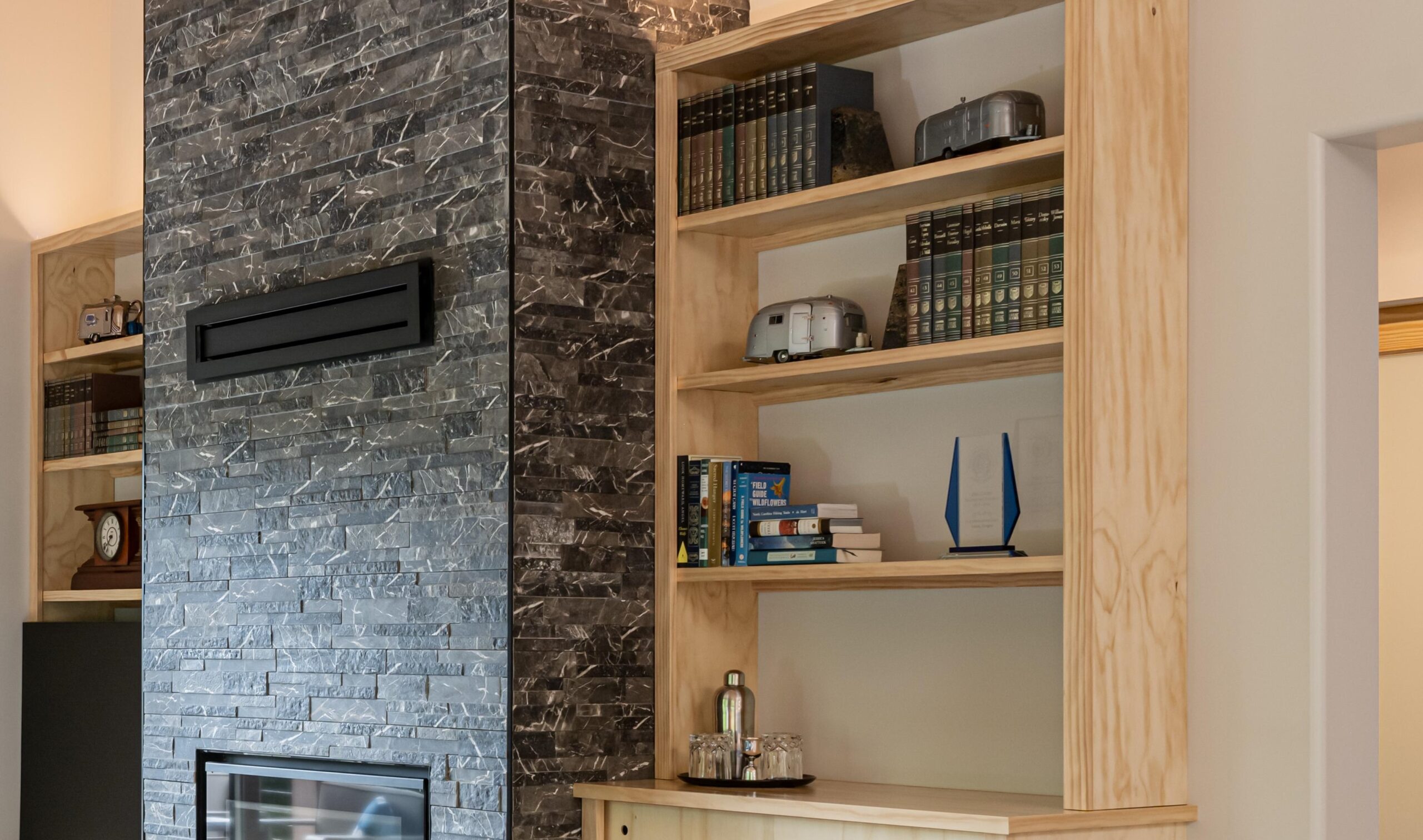
With japandi, these can become critical elements for bringing in color, textures and some emotion into an otherwise minimally oriented space. Perhaps there is a highly decorative vase that you want to add a visual punch or an old family bible passed on through the generations. These should be objects that give you joy and create a sense of calm and comfort for you. In this case, the homeowners are dedicated members of the Airstream community and this reminds them of their many memories in their Airstream trailer.
Sustainability and eco-friendly options
It is not surprising that japandi has a strong sustainability aspect to it. Beyond furniture, look at what natural materials you can incorporate into your home. From natural linens to even hemp, look for items that are not only sustainably built but will stay usable in the future. It is an antidote to the throwaway culture so prevalent in the western world.
Bringing in life
Plants or other greenery are also central to japandi design. They feel welcoming and add a natural element to complement a minimalist interior. Much like biophilic design, the ideal is to use plants and greenery to create a more natural world and feeling inside. Forgo the lone pot by the front door and incorporate plants into your living area. They could be a few carefully placed plants or even a bonsai tree to elevate the Japanese feeling. Should you not want be able to use real plants, take some cues from biophilic design and use a variety of prints and items that evoke nature.
Putting it all together
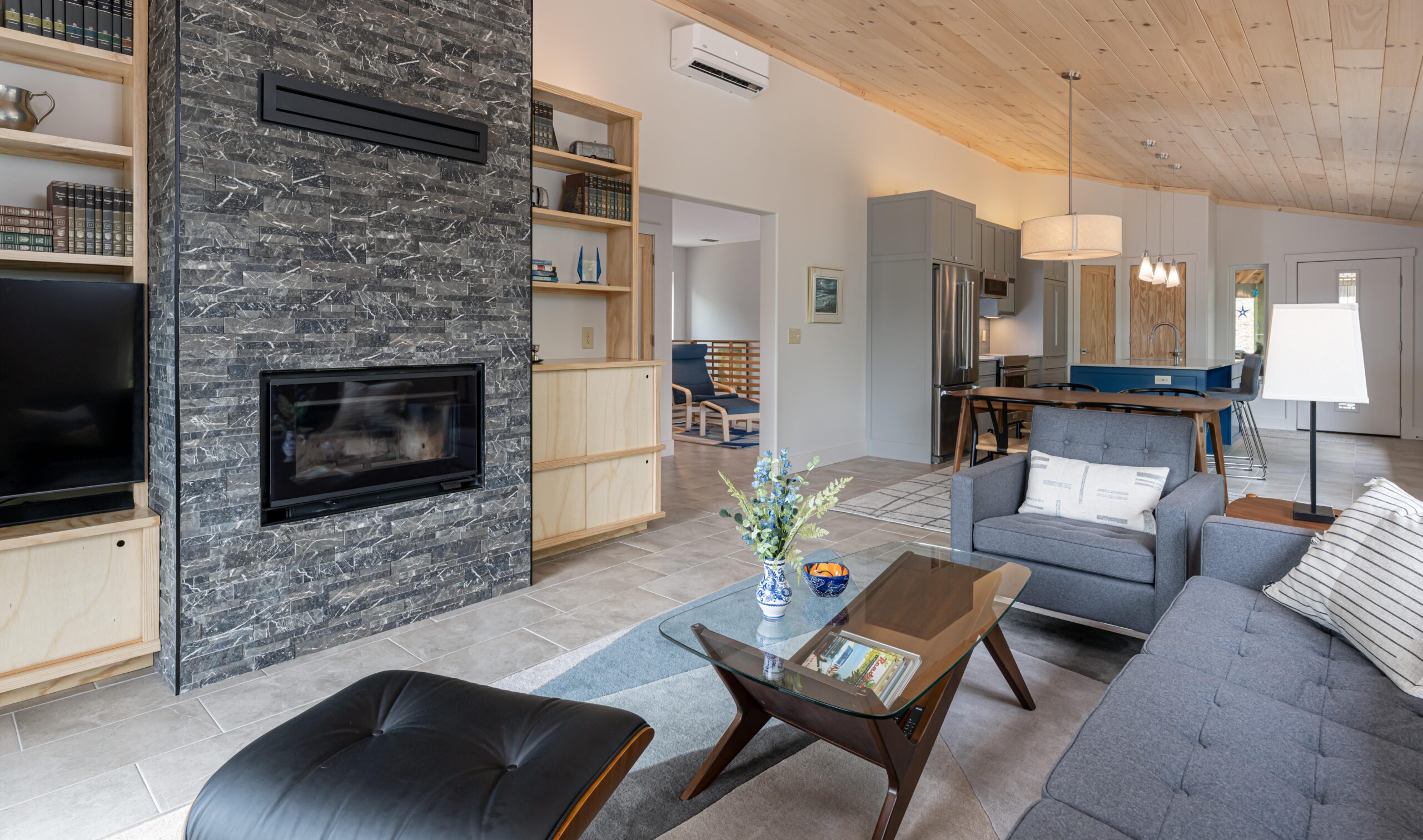 The sum is greater than the parts. Japandi is about creating a space. The important thing is that it works for you. So don’t fret and worry if you paint outside the lines. It is worth noting that this, like many things, is not new but today’s version is being remixed into the trends sphere with new elements that evoke the past but are very popular right now and fit today’s desire for a more organic and healthy life.
The sum is greater than the parts. Japandi is about creating a space. The important thing is that it works for you. So don’t fret and worry if you paint outside the lines. It is worth noting that this, like many things, is not new but today’s version is being remixed into the trends sphere with new elements that evoke the past but are very popular right now and fit today’s desire for a more organic and healthy life.
